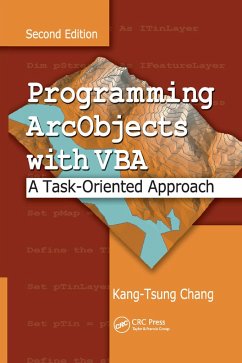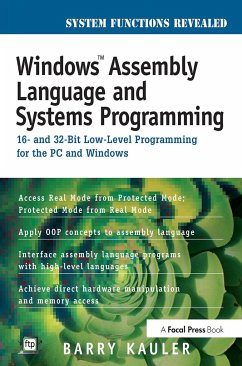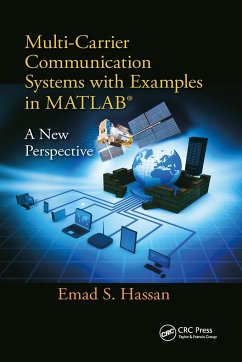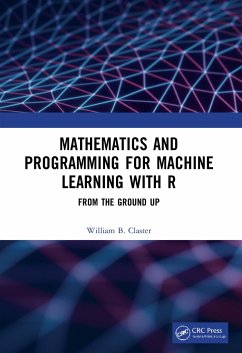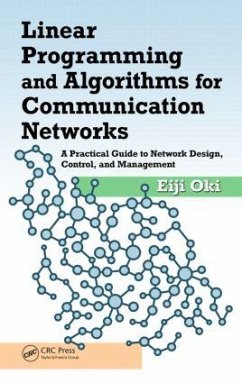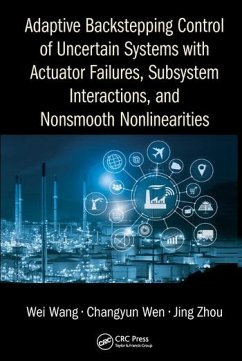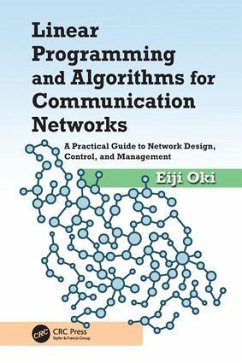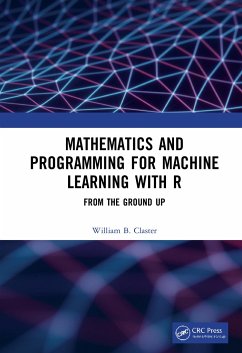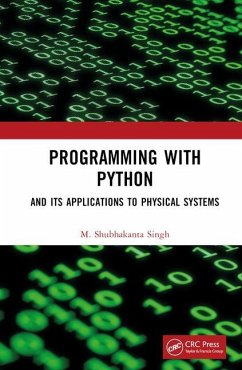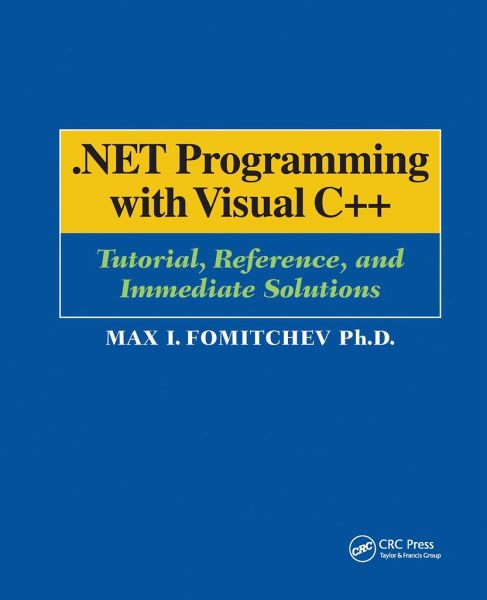
.NET Programming with Visual C++
Tutorial, Reference, and Immediate Solutions
Versandkostenfrei!
Versandfertig in 1-2 Wochen
77,99 €
inkl. MwSt.

PAYBACK Punkte
39 °P sammeln!
Packed with C++ code examples and screen shots, .NET Programming with Visual C++ explains the .NET framework and managed extensions to C++, and provides a complete reference to the basic and advanced types contained in .NET Framework System namesp





